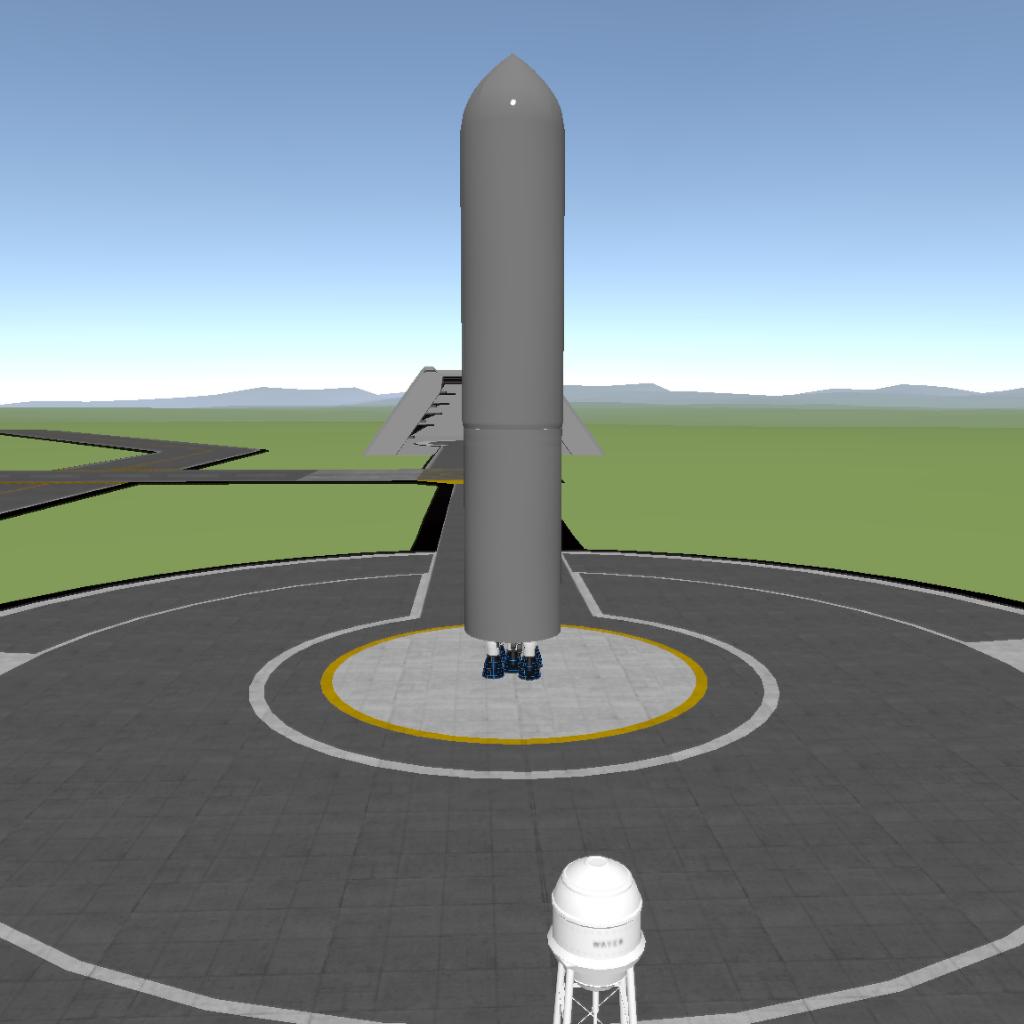

Under controlled wall heat flux condition, the microgravity boiling heat transfer performance on chip S 1×1 is in surface tension dominated boiling (SDB) regime in the whole heat flux range. It was found that the gravity scaling parameters developed under controlled wall temperature condition cannot be applicable to the controlled wall heat flux condition.

In this paper, boiling heat transfer mechanisms on two sized smooth silicon chips (chip S 1×1 and chip S 2×2) in ground gravity and microgravity were studied. For the practical heat dissipation of electronic device usually occurs at controlled wall heat flux condition, it is essential to reveal pool boiling heat transfer characteristics at different sizes and gravities under controlled wall heat flux condition. With the ability of dissipating large amount of latent heat in nearly isothermal process, pool boiling heat transfer is an efficient solution for cooling problem of different sized electronic devices in different gravities. A simple mathematical model is used to account for nucleation site density and results of pool boiling simulations are compared with experimental results to illustrate the effects of subcooling and gravity. Replicability is also demonstrated by comparing results with already published data. Validation cases are presented to test the accuracy of the solver in comparison to analytical and experimental results. Parallelization is achieved using MPI on distributed memory systems and a dynamic contact line model is implemented to account for inertial effects on vapor bubbles due to wall adhesion force. The pressure Poisson solver uses Hypre to solve the linear system on the coarsest level and geometric multi-grid method to prolong-restrict the solution between successive refinements. The latter contributes towards accurate calculation of evaporative heat flux. A multi-level, block-structured adaptive mesh refinement is used to selectively refine the grid around the interface and thermal boundary layer.

Sharp jumps are applied to the diffusion terms using a ghost-fluid method and the advection terms are discretized using a third order weighted essentially non-oscillatory scheme.

A level-set technique is used to represent and advect the interface. The three dimensional solver is fully explicit in time and uses a fractional step method for Navier-Stokes, energy and mass transfer equations. ĭirect numerical simulation of pool boiling under varying gravity environments was performed and compared with experimental data. The robustness of this framework in predicting low gravity heat transfer is further demonstrated by predicting many of the trends in the pool boiling literature that cannot be explained by any single model. The updated model accurately predicts the experimental microgravity data to within +/- 20%. Based on this high quality microgravity data (a/g < 10(-6)), the recently reported gravity scaling parameter for heat flux, which was primarily based on parabolic flight experiments, was modified to account for these new results. The boiling process was visualized from the side and bottom. A flat, transparent, constant temperature microheater array was used to perform experiments over a wide range of temperatures (55 degrees C < T-w < 107.5 degrees C), pressures (0.58 atm < P < 1.86 atm), subcoolings (1 degrees C <= Delta T-sub <= 26 degrees C), and heater sizes (4.2 mm <= L-h <= 7.0 mm). The results of over 200 pool boiling experiments with n-perfluorohexane as the test fluid performed aboard the International Space Station (ISS) are presented in this paper. The relatively poor understanding of gravity effects on pool boiling heat transfer can be attributed to the lack of long duration high-quality microgravity data, g-jitter associated with ground-based low gravity facilities, little data at intermediate gravity levels, and a poor understanding of the effect of important parameters even at earth gravity conditions.


 0 kommentar(er)
0 kommentar(er)
